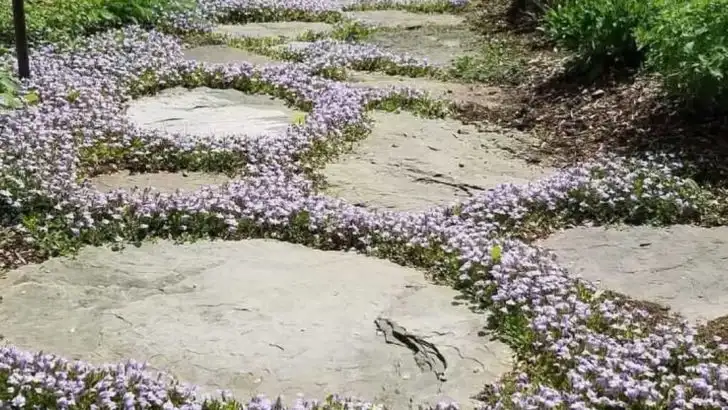Tired of the constant mowing, watering, and weeding that come with traditional grass lawns? You’re not alone. Luckily, there are plenty of low-growing plants that can serve as stunning, eco-friendly alternatives to grass — providing color, texture, and resilience without the hassle.
These ground covers thrive in a variety of conditions, often require less water, and help suppress weeds naturally. Plus, many of them offer seasonal blooms or attractive foliage that keep your outdoor space looking fresh and inviting year-round.
In this article, we’ll introduce you to 12 low-growing plants that replace grass beautifully and sustainably. Whether you want a lush green carpet or a vibrant patchwork, these plants are a perfect way to rethink your lawn.
Creeping Thyme
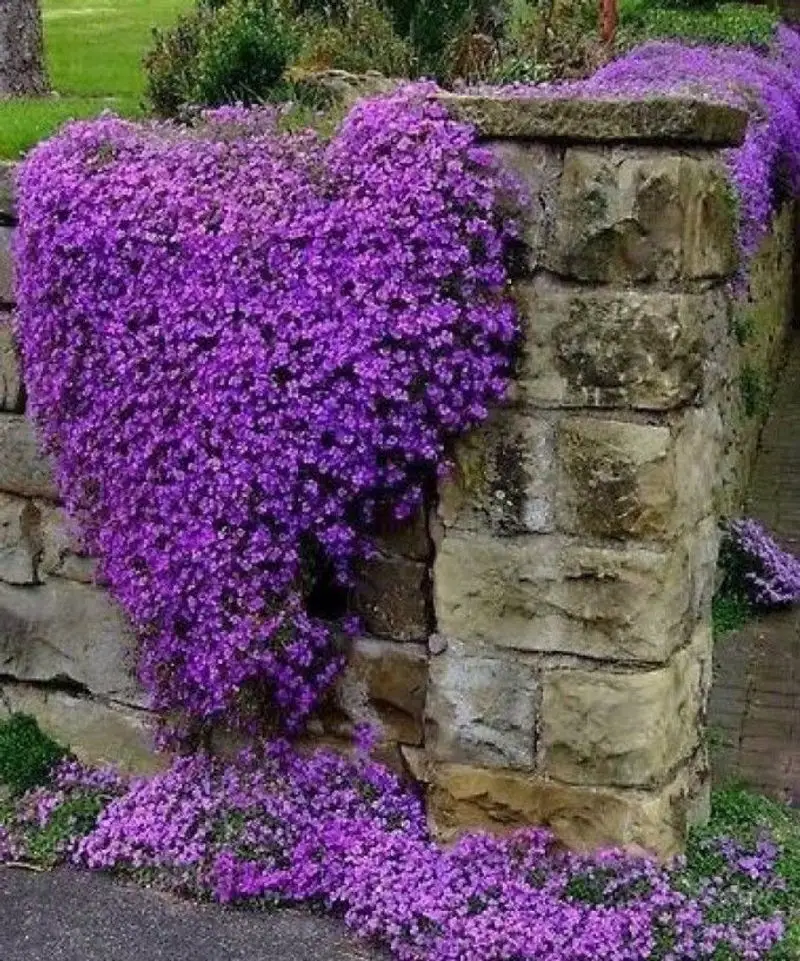
Imagine tiny purple flowers releasing a gentle scent each time you walk across them. That’s the beauty of creeping thyme. This aromatic ground cover thrives in sunny spots and offers a carpet of color. Its soft foliage tolerates light foot traffic, making it ideal for pathways or between stepping stones. Not just beautiful, it attracts pollinators like bees. A fascinating fact: in ancient times, thyme was believed to provide courage. Its versatility and charm make it a gardener’s favorite. Search for images of its vibrant blooms to see its full allure.
Irish Moss
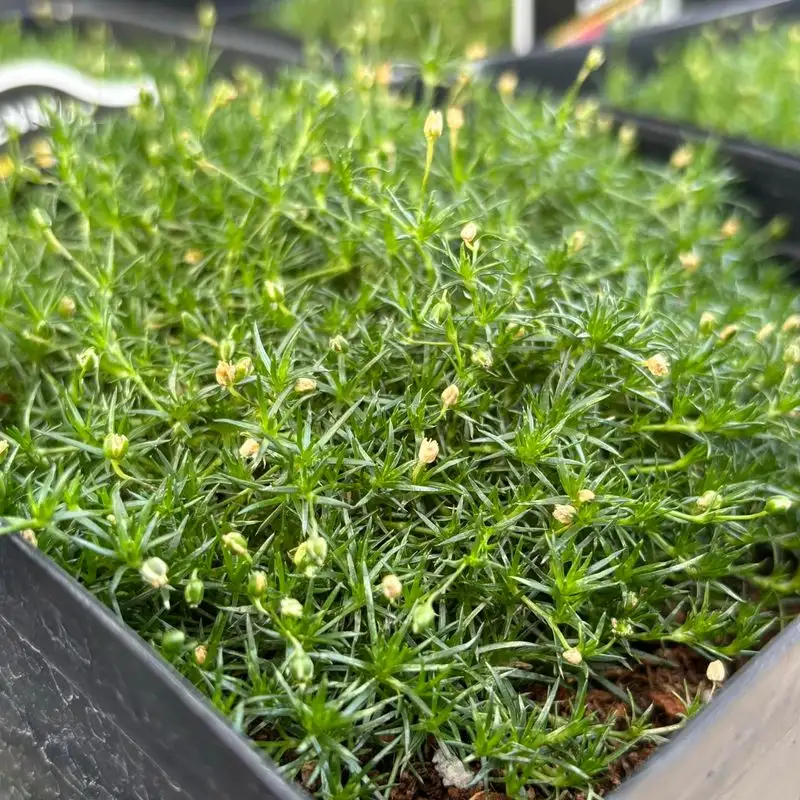
With its velvety softness, Irish moss offers a touch of elegance to gardens. This plant delights with its bright green color and tiny white flowers. Ideal for shady areas, it forms dense mats that discourage weeds, providing effortless beauty. Preferring moist environments, it excels in rock gardens and between pavers. Historically, Irish moss has been used in traditional medicines, adding an interesting layer to its horticultural appeal. Its delicate appearance belies its robust nature, making it a resilient choice for gardeners.
Dwarf Mondo Grass
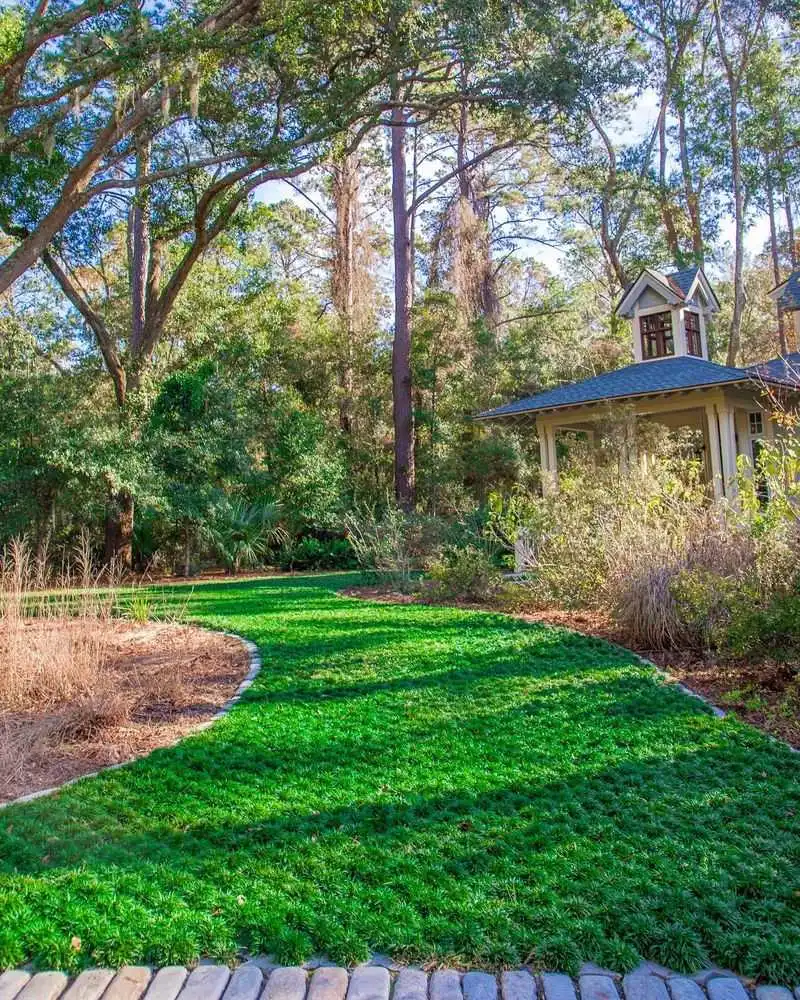
Dwarf mondo grass provides a surprising twist on the typical lawn. These deep green, grass-like leaves offer a sophisticated look without the mowing. It thrives in both sun and shade, offering versatility unmatched by many plants. With its slow growth, maintenance becomes a breeze. Often used in Japanese gardens, it pairs well with stones and water features. Its subtle charm and texture make it a staple for those seeking elegance combined with simplicity. Discover images of its graceful growth in landscaping designs.
Corsican Mint
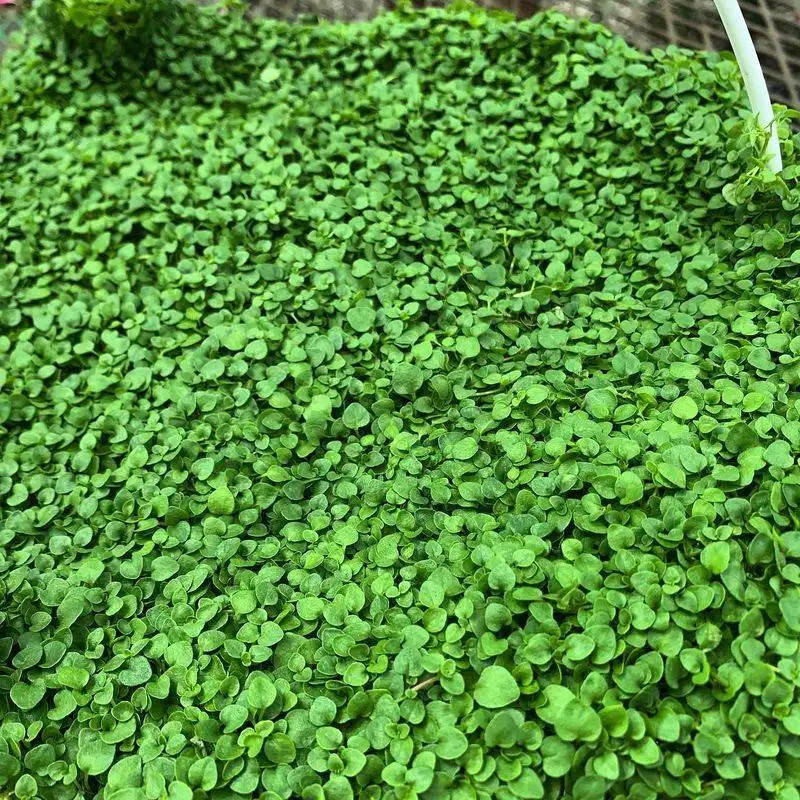
A mint that’s more than just refreshing, Corsican mint provides a fragrant, low-growing ground cover. Its petite leaves and tiny purple flowers create a delicate tapestry, perfect for shady spots. The plant releases a minty aroma when walked upon, adding sensory delight to its visual charm. Originating from Corsica, it’s as exotic as it sounds. It thrives in moist, well-drained soils and can be an aromatic addition to sensory gardens. Find images to appreciate its fine texture and charm.
Creeping Jenny
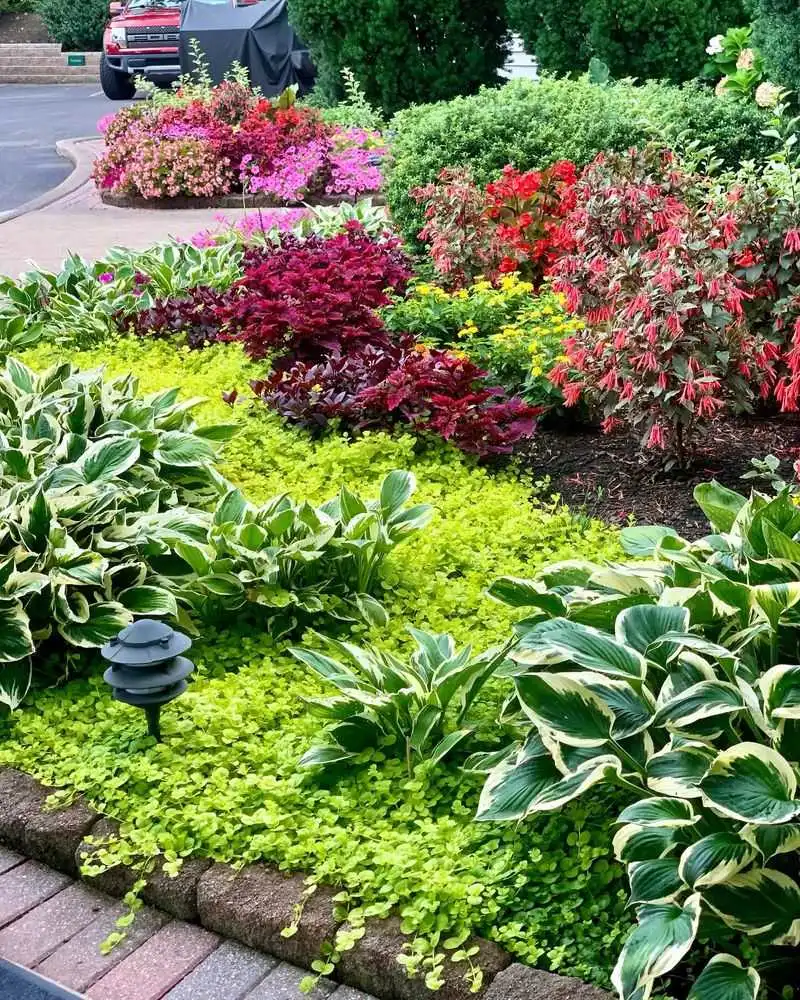
Creeping Jenny, with its cheerful lime-green leaves, brings a burst of color to any garden. It’s a hardy plant that grows well in both sun and partial shade, often adorning rock gardens and walls. Besides its vibrant foliage, it’s known for its resilience. During fall, its leaves turn a striking shade of gold. In folklore, this plant was believed to bring luck and prosperity. Its cascading habit makes it perfect for containers and hanging baskets. Explore images to see its versatility in action.
Blue Star Creeper
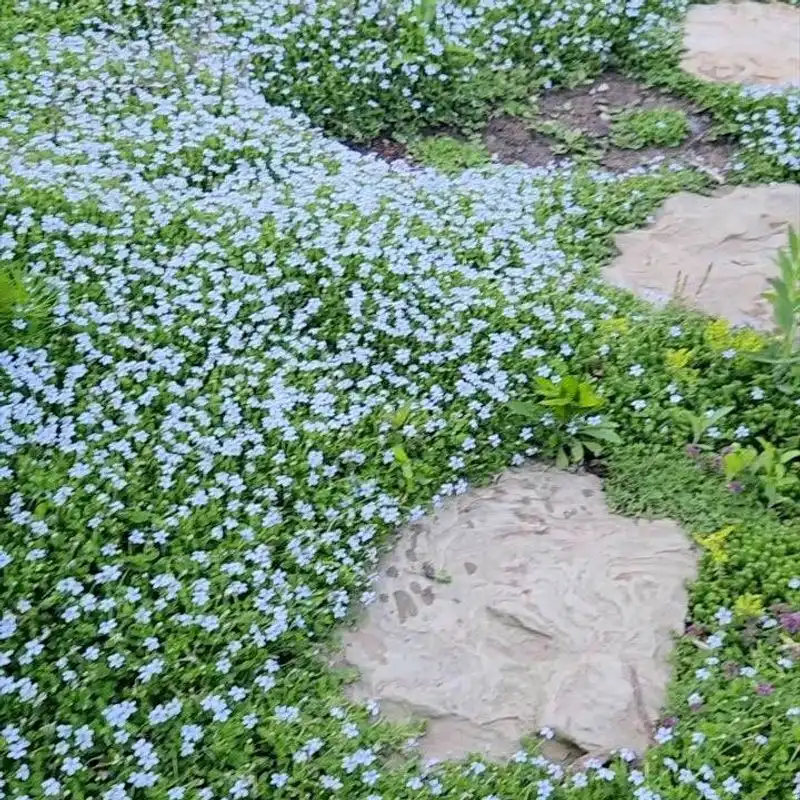
A constellation of tiny blue flowers characterizes the Blue Star Creeper. This delightful plant quickly covers ground, flourishing in a range of conditions from full sun to partial shade. Its starry blooms provide a soft splash of color that persists through the growing seasons. With a tolerance for light foot traffic, it is ideal for pathways and garden edges. Despite its delicate appearance, Blue Star Creeper is resilient and easy to grow. It brings celestial beauty to any landscape design.
Bugleweed (Ajuga)

Bugleweed, also known as Ajuga, showcases vibrant spikes of blue flowers amid deep purple foliage. Its low-growing habit makes it ideal for suppressing weeds in shaded areas. This hardy ground cover adapts well to various soils, providing a lush carpet of color. It’s often used in woodland gardens, where its foliage adds depth and interest. Historical uses include herbal remedies, adding a touch of mystique to its practical beauty. Discover its versatility and elegance in a variety of garden settings.
Sedum
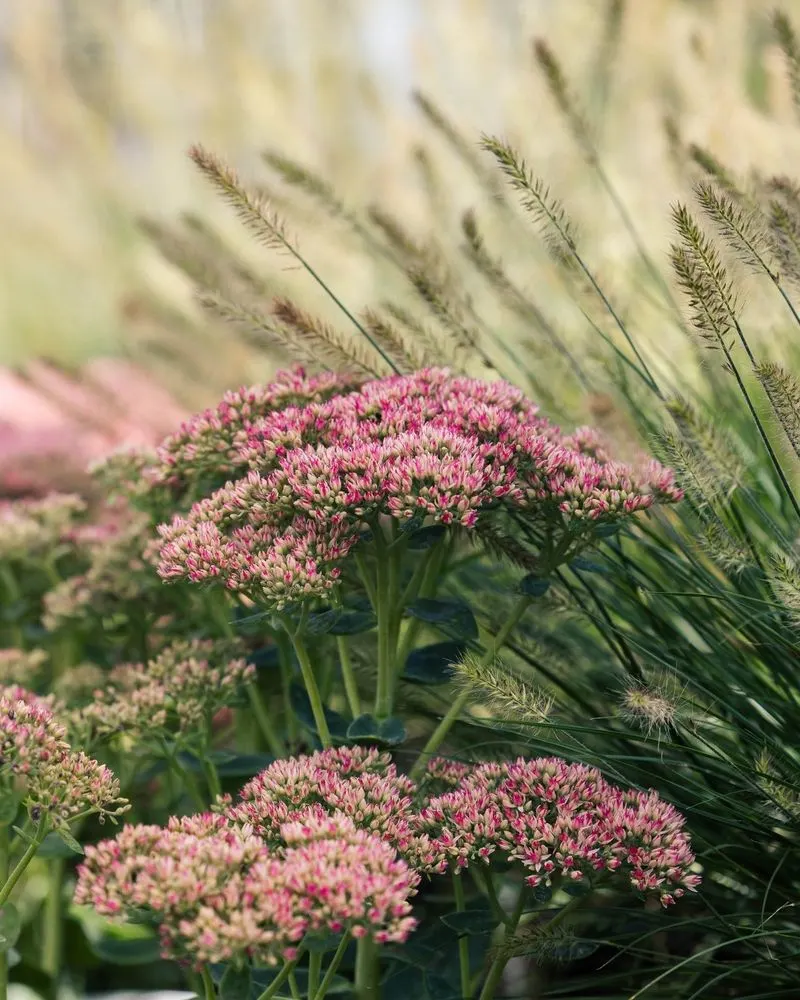
Sedum, with its diverse palette of colors, offers remarkable textures to any garden. Its succulent leaves store water, making it drought-tolerant and perfect for xeriscaping. In full sun, it produces vibrant blooms, attracting butterflies and bees. Each variety offers a unique aesthetic, from ground-hugging types to taller options. Historically, sedum was used in traditional medicine for its healing properties. This versatile plant brings both form and function, enhancing gardens with minimal effort.
Mazus Reptans

Mazus Reptans is known for its lush carpet of green leaves dotted with purple blossoms. This ground cover thrives in moist areas, making it perfect for edging ponds or steps. Its speedy spread makes it an excellent choice for filling gaps quickly. While it enjoys sunny locations, it can tolerate partial shade. The plant’s rapid growth and vibrant flowers bring dynamism to any garden space. Discover its ability to transform landscapes with vibrant splashes of color and texture.
Lamb’s Ear
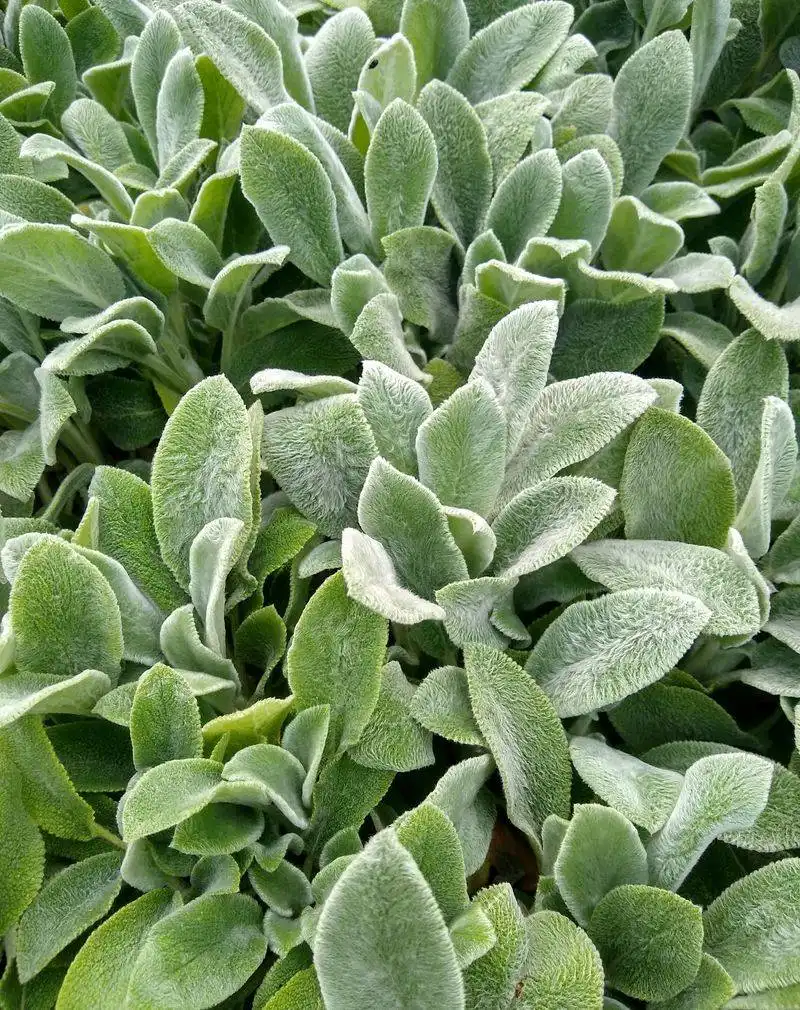
With its soft, silvery leaves, Lamb’s Ear offers tactile pleasure and visual interest. Perfect for sunny spots, this ground cover thrives in poor soil conditions. Historically used in herbal medicine, it adds an intriguing historical angle to its use in gardens. The plant’s unique texture makes it a favorite for sensory gardens, where touch is as important as sight. Whether used as a border plant or in rock gardens, its whimsical appearance captivates gardeners and visitors alike.
Snow-in-Summer
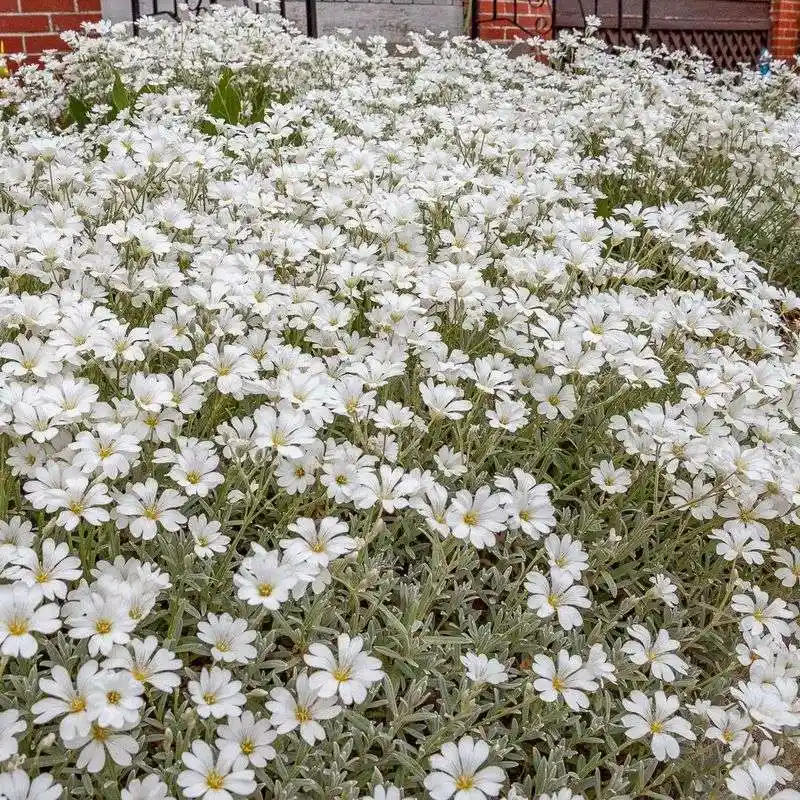
Snow-in-Summer graces gardens with its silvery foliage and profusion of white flowers. Blooming in late spring, it creates the illusion of a fresh snowfall. Its drought-tolerant nature makes it suitable for rock gardens and dry slopes. Originating from Europe, it’s as charming as it is resilient. The plant’s trailing habit allows it to cascade beautifully over walls or containers. Explore its beauty in gardening images, where it creates a stunning contrast against green backdrops.
Brass Buttons
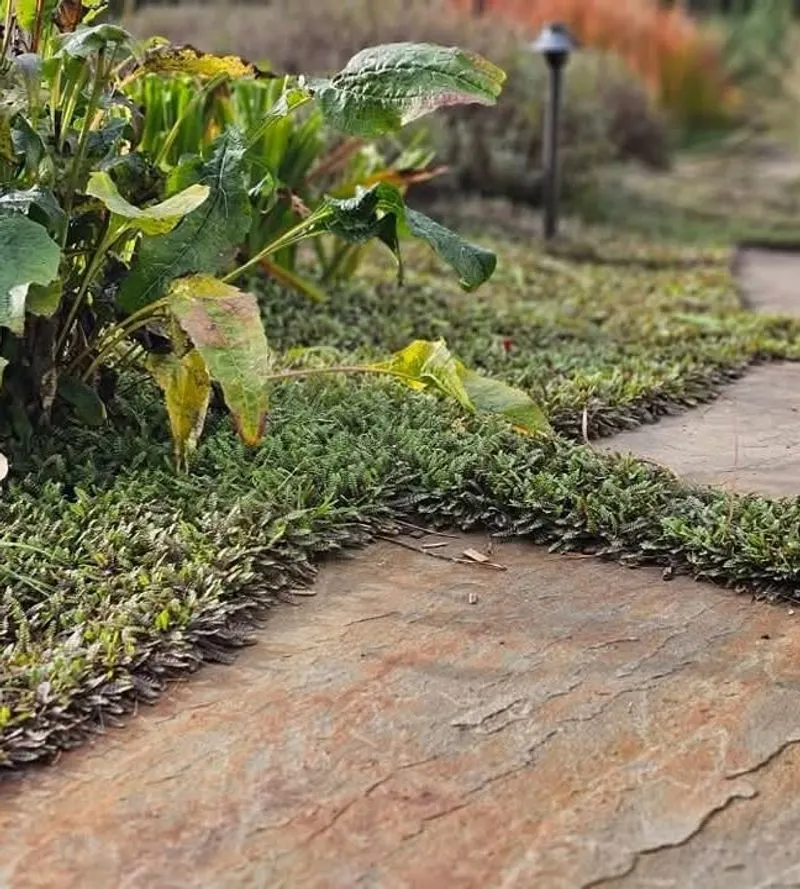
Brass Buttons, with its unique button-like flowers, offers a quirky addition to ground cover options. It’s an excellent choice for moist, well-drained soils, thriving in sun or partial shade. Its fern-like foliage adds texture and contrast, ideal for borders or between stepping stones. In colder climates, its brass-colored leaves provide winter interest. It’s named for its distinctive blooms, resembling miniature brass buttons. This plant adds a touch of whimsy and charm, evoking a sense of playful elegance in garden designs.

